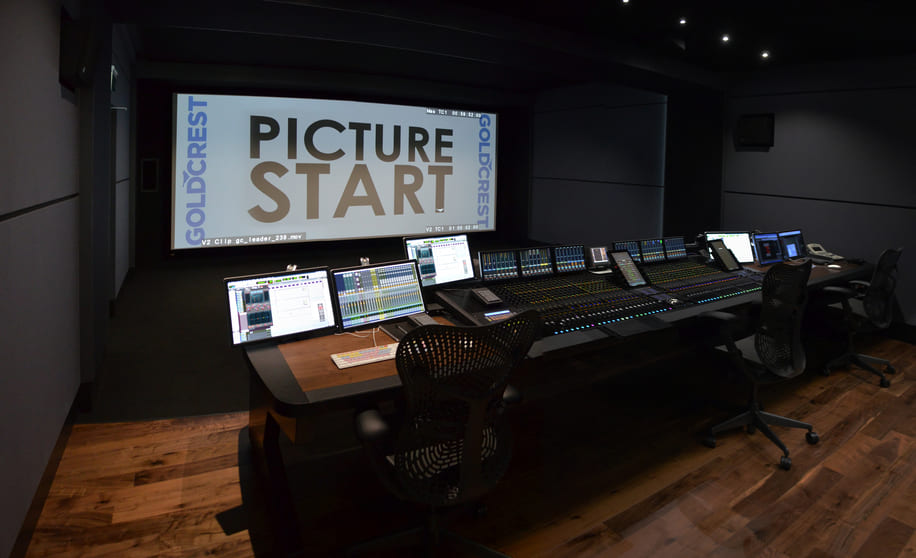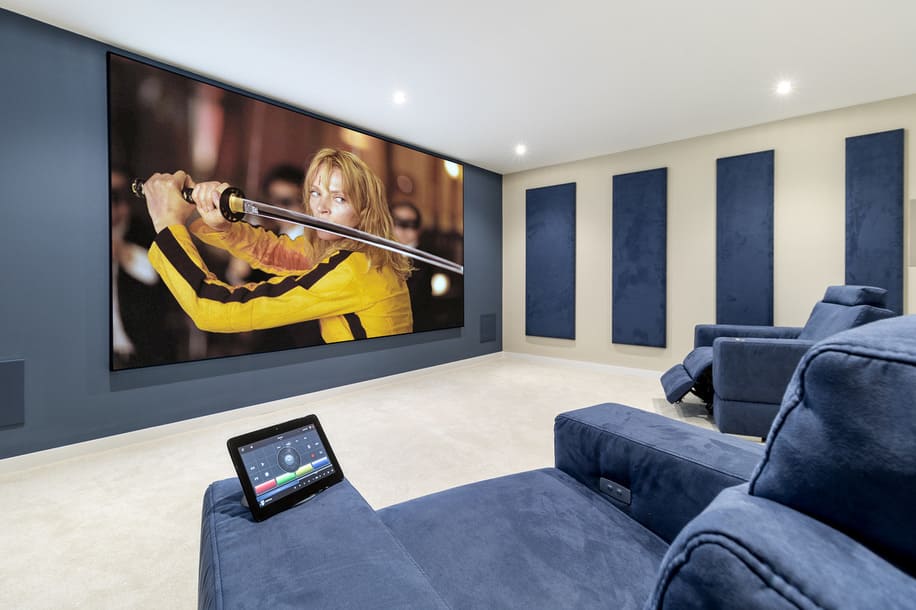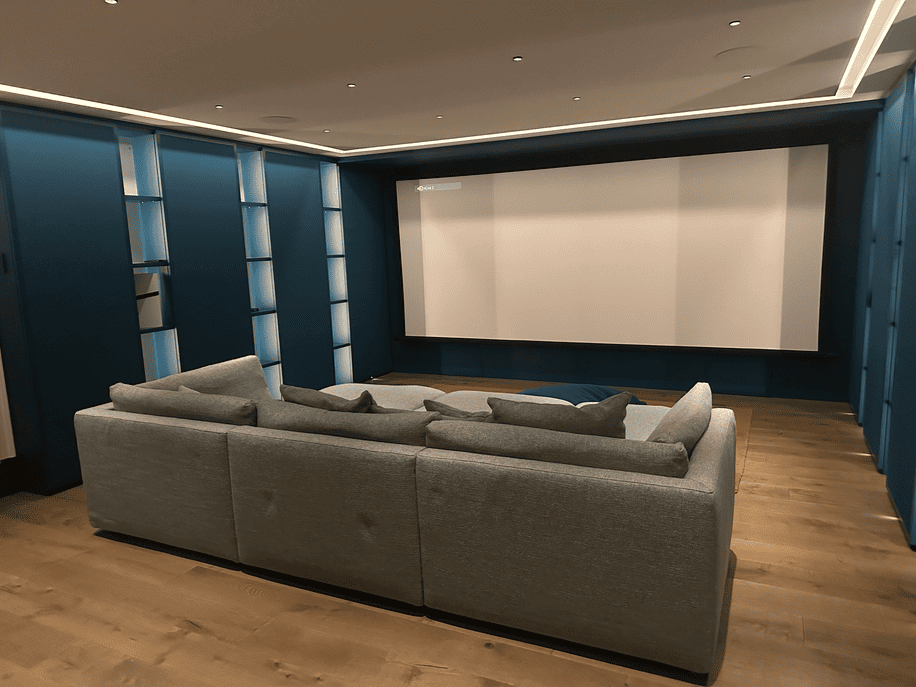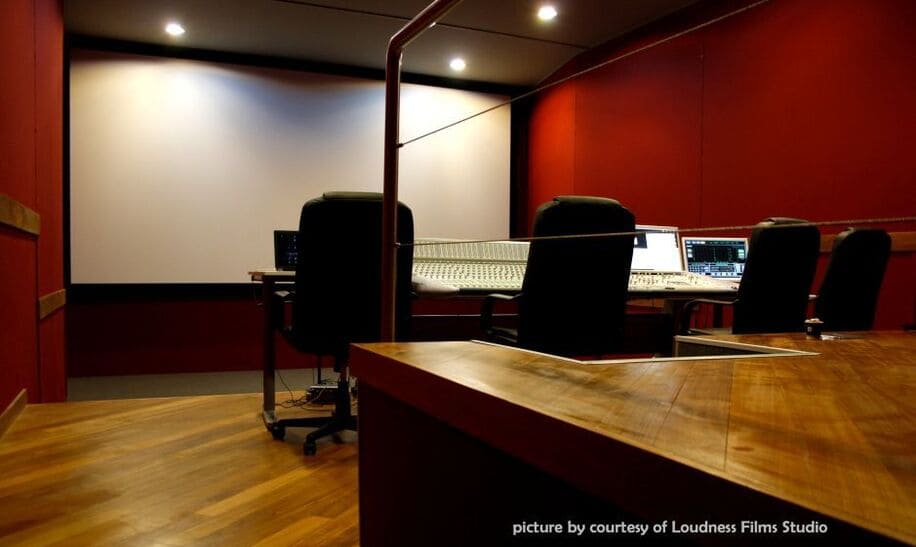EI spoke with Patrice Congard, Founder/C.E.O of Screen Excellence and designer of Audio Excellence products to get the big picture of this innovator’s journey through the home cinema and luxury AV world.

What first sparked your interest in acoustically transparent projection screens back in the early ‘90s?
As I wanted to move away from the touring equipment market to the new home cinema market (it was new then), I looked at what was the main ‘pain point’. The perforated screens used in commercial cinemas had holes that were too visible for residential viewing distances. The microperforated screens (only two brands offered this type of screen) had a dreadful frequency response. I thought I could introduce the woven screens in this market, after reading an article in the JAES (Journal of Applied Engineering Science) in 1993.
You were ahead of the curve when you explored woven screens — what challenges did you face trying to shift that mindset?
The main – and unexpected – challenge was to persuade both audiophiles and videophiles of the benefits of having the sound and image being coherent in space. The first ones were only interested in sound and the second ones in imaging. It did not seem obvious at that time that coherence is paramount. As a result, most installers preferred solid screens vs. A.T. screens.
Your first company, Avance Technologies, introduced a speaker/ screen hybrid concept — what did you learn from that early innovation?
Quite a few things:
- Don’t be too early with innovation: The market might not be ready.
- Even if you solve a problem or ‘pain point’, the actors on the market have already adapted and found their own solution. You have to persuade them that your innovation is a better solution – this not always easy.
- You need some marketing means.
What made you return your focus to projection screens in 2001?
The market. Dealers and installers had already established preferences about their loudspeakers. They wanted to choose the screen and the speakers separately. The concept of integrated speakers and screen was only appealing to end users.
The competitive edge came from the acoustic transparency of a woven fabric vs the one of a perforated vinyl sheet.

How did you approach winning over sceptics — both videophiles and audiophiles — who resisted A.T. screens at the time?
We didn’t. We only won customers (installers) who had a sensible holistic approach, who understood that home cinema is neither sound only, nor image only.
Screen Excellence spent several years in R&D before launching products — what did that time allow you to perfect?
It allowed us to move away from off-the-shelf fabrics to the exact definition of custom-specified fabrics. It also allowed us to gather financial means to invest in the minimum order quantity requested by weavers to produce custom-made fabrics. We are talking here of kilometers.
The creation of Enlightor projection surfaces gave you a breakthrough — what makes these screens different?
The Enlightor fabrics were the very first to be 4K compatible, when 4K was not yet popular. We always focused on a very fine weave, or later on a fine knit, to make the texture nearly-to-completely invisible.
4K existed in 2008, limited to high-lumen professional projectors. We expected this to become popular very quickly, but the 3D hype delayed the whole thing. When 4K was becoming the norm, we launched the Enlightor Neo in 2016. Its texture was even finer than the previous Enlightor 4K.
How did your partnership with Chris Seymour and the founding of Seymour-Screen Excellence help strengthen your global reach?
I always felt that a presence on the American market was necessary. As there is nearly no classic distribution scheme in the USA (it is mainly a network of reps and dealers), we felt it was beyond our means to directly address this market from the UK. Instead, manufacturing directly in the USA was more likely to succeed. So, I rang up Chris. The rest is history…
With the Visionaire series, you’re now working on ambient light rejecting screens — how do these push the category forward?
I don’t think it pushed the private cinema (in a dedicated room) forward. There is an important market for living rooms and media rooms. When finishing dinner, many people feel like watching a movie or a sports event. They don’t necessarily feel like moving to another room, they might just like to stay on the sofa. Also, there are lots of homes where there is no available room to dedicate to home cinema.
In non-dedicated rooms, the lighting conditions or even the wall’s colours are not optimum for projection. The ALR screens bring an elegant solution to this.
We feel that there is no reason why in a living room there should be a compromise in quality. This means that the experience should be very near to the one of a real private cinema. This condition implies an acoustically transparent screen, for a proper image and sound coherence.
Very few ALR screens are acoustically transparent. Ours are.

What role do you see projection screens playing in the future of home cinema?
I think Ultra Short Throw (UST) projection has a bright future. It makes things so easy.
You’ve now been innovating in this space for over 30 years — what achievement are you most proud of?
The development of the MediaTime screen. It has been incredibly long and complex, but this is a product like no other.
What’s next for you and Screen Excellence?
Screens, screens, screens.
What are your interests away from work?
Hi-Fi (yes, two channel!), Rock’n’roll, Karate, snorkelling, cinema and reading.
What music or movies that you have seen recently do you really enjoy and can recommend?
Music:
Jack White (especially in The Dead Weather);
ZZ top
Movies (not necessarily new):
Mortelle Randonnee (French)
Inception
Kingsmen
The Matrix



